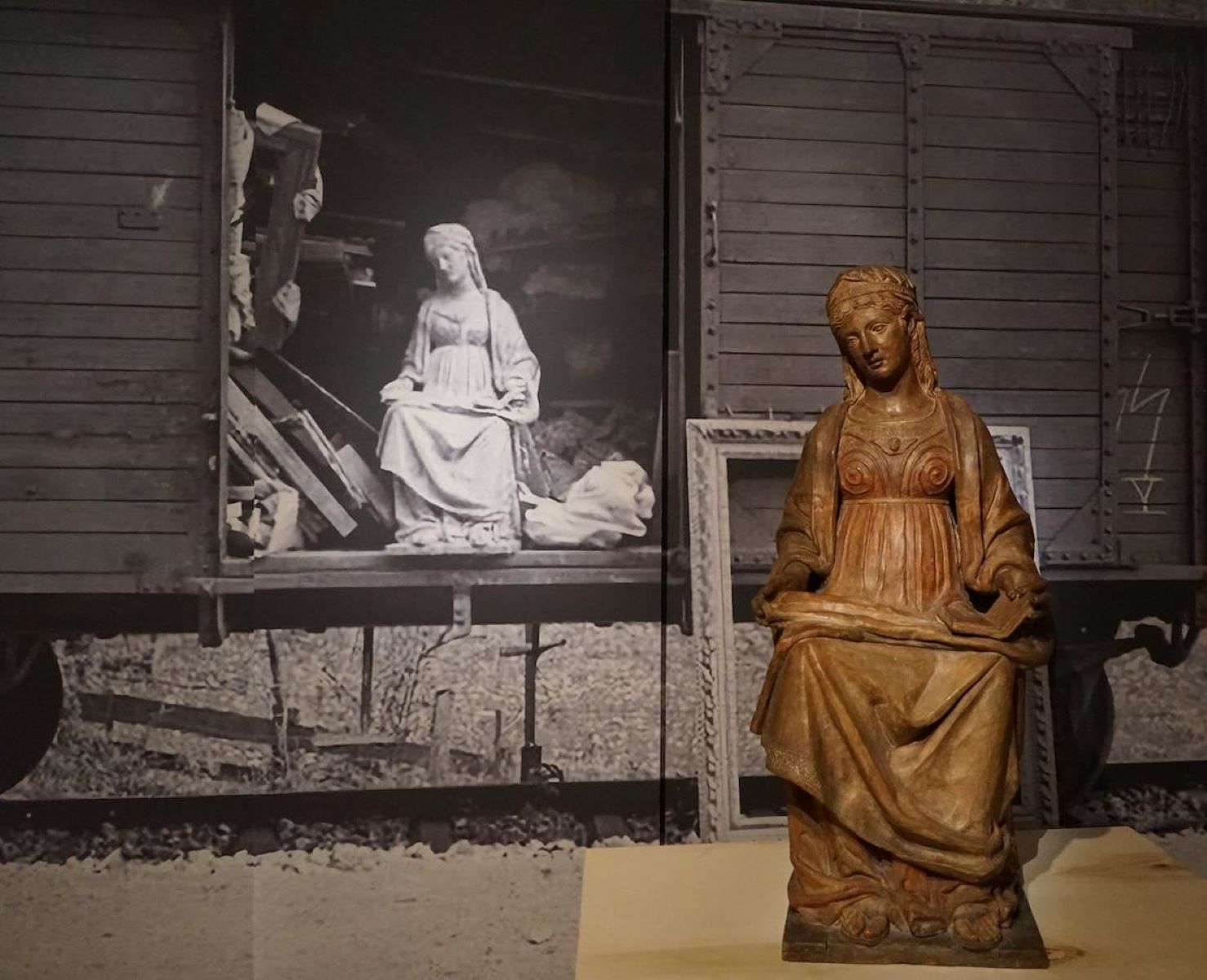10 Italian Artists Who Will Change How You See Art

Italy has always been a hub for incredible art. From the Renaissance to modern times, Italian artists have consistently pushed boundaries. But who are the contemporary Italian artists making waves today? These creators are not just following in the footsteps of legends like Leonardo da Vinci and Michelangelo; they are carving out their own unique paths. Whether through painting, sculpture, or digital media, these artists offer fresh perspectives and innovative techniques. Get ready to meet ten Italian artists who will change how you see art. Their work will inspire, challenge, and perhaps even transform your understanding of creativity.
Italian Artists Who Will Change How You See Art
Italy has always been a cradle of artistic talent. From the Renaissance to modern times, Italian artists have continuously pushed the boundaries of creativity. Here are ten Italian artists whose work will transform your perception of art.
Renaissance Masters
The Renaissance period birthed some of the most influential artists in history. These masters laid the groundwork for modern art.
Leonardo da Vinci
- Known for: Mona Lisa, The Last Supper
- Why he matters: Da Vinci's work combines art and science, revealing the beauty of human anatomy and nature.
Michelangelo Buonarroti
- Known for: David, Sistine Chapel Ceiling
- Why he matters: Michelangelo's sculptures and frescoes showcase the human form in its most divine and powerful state.
Raphael Sanzio
- Known for: The School of Athens, Sistine Madonna
- Why he matters: Raphael's harmonious compositions and graceful figures set a standard for beauty and balance in art.
Baroque Innovators
The Baroque period brought dramatic flair and emotional intensity to art. These artists are known for their dynamic compositions and use of light.
Caravaggio
- Known for: The Calling of Saint Matthew, Judith Beheading Holofernes
- Why he matters: Caravaggio's use of chiaroscuro (light and shadow) creates a sense of realism and drama that captivates viewers.
Artemisia Gentileschi
- Known for: Judith Slaying Holofernes, Self-Portrait as the Allegory of Painting
- Why she matters: As one of the few female artists of her time, Gentileschi's powerful depictions of women challenge traditional gender roles.
Modern Visionaries
Modern Italian artists continue to innovate, blending traditional techniques with contemporary themes.
Amedeo Modigliani
- Known for: Reclining Nude, Portraits with Elongated Faces
- Why he matters: Modigliani's unique style, characterized by elongated forms and emotive portraits, offers a fresh perspective on human expression.
Giorgio de Chirico
- Known for: The Enigma of an Autumn Afternoon, The Disquieting Muses
- Why he matters: De Chirico's metaphysical paintings evoke a sense of mystery and surrealism, influencing the Surrealist movement.
Contemporary Trailblazers
Today's Italian artists are breaking new ground, using diverse media and addressing current social issues.
Maurizio Cattelan
- Known for: The Comedian, La Nona Ora
- Why he matters: Cattelan's provocative installations challenge societal norms and provoke thought about contemporary culture.
Marina Abramović
- Known for: The Artist is Present, Rhythm 0
- Why she matters: Abramović's performance art explores the limits of the body and mind, pushing audiences to confront their own boundaries.
Paola Pivi
- Known for: Untitled (Zebras), One Cup of Cappuccino Then I Go
- Why she matters: Pivi's playful and surreal installations invite viewers to see the world through a lens of wonder and curiosity.
The Impact of Italian Artists on Art
Italian artists have a unique way of transforming how we perceive art. From Michelangelo's breathtaking sculptures to Leonardo da Vinci's innovative techniques, their contributions are timeless. Caravaggio's dramatic use of light and shadow, Botticelli's ethereal beauty, and Titian's vibrant colors continue to inspire. Giorgio de Chirico brought surrealism to life, while Amedeo Modigliani introduced a new form of portraiture. Artemisia Gentileschi broke barriers for women in art, and Umberto Boccioni pushed the boundaries of futurism. Piero della Francesca and Giotto laid the groundwork for perspective and realism. Each artist has left an indelible mark, changing how we see and appreciate art. Their legacies remind us of the power of creativity and the endless possibilities within the world of art.

